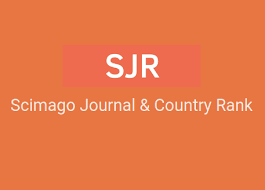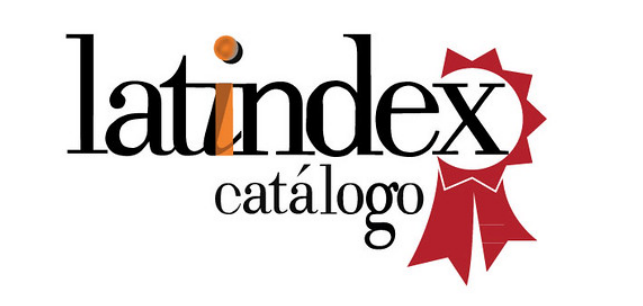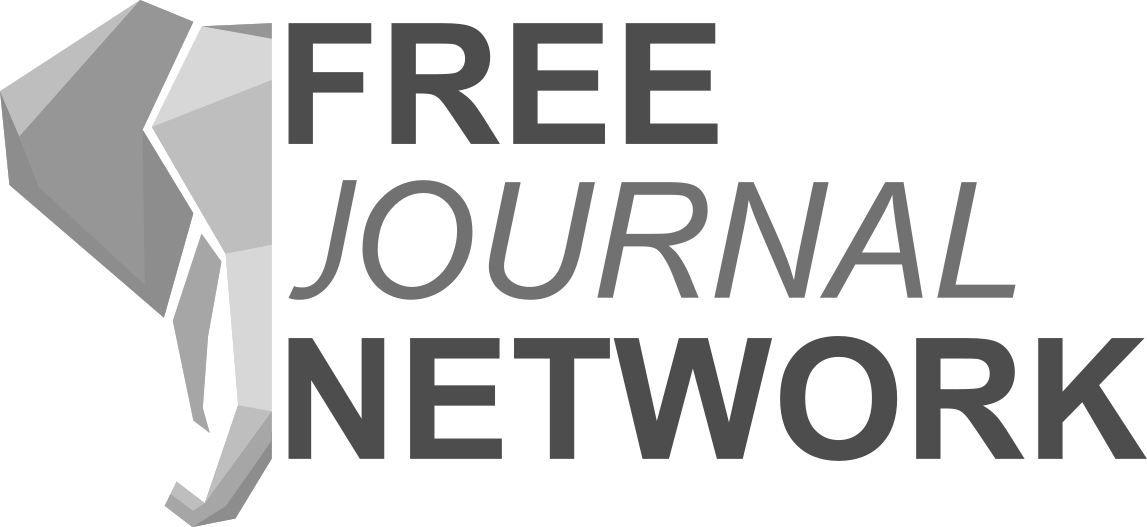Bounded normal generation is not equivalent to topological bounded normal generation
doi:10.17398/2605-5686.34.1.85
Keywords:
Topological group, topological bounded normal generation, topological simplicity, full group, conjugacy classesAbstract
We show that some derived L1 full groups provide examples of non simple Polish groups with the topological bounded normal generation property. In particular, it follows that there are Polish groups with the topological bounded normal generation property but not the bounded normal generation property.
Downloads
References
S. Bezuglyi, K. Medynets, Full groups, flip conjugacy, and orbit equivalence of Cantor minimal systems, Colloq. Math. 110 (2) (2008), 409 – 429.
M. Broise, Commutateurs dans le groupe unitaire d’un facteur, J. Math. Pures Appl. 46 (9) (1967), 299 – 312.
P. de la Harpe, Simplicity of the projective unitary groups defined by simple factors, Comment. Math. Helv. 54 (2) (1979), 334 – 345.
P.A. Dowerk, “Algebraic and topological properties of unitary groups of II1 factors”, PhD Thesis, University of Leipzig, 2015.
P.A. Dowerk, A. Thom, Bounded normal generation and invariant automatic continuity, Adv. Math. 346 (2019), 124 – 169.
H.A. Dye, On groups of measure preserving transformation, I. Amer. J. Math. 81 (1959), 119 – 159.
A. Fathi, Le groupe des transformations de [0, 1] qui préservent la mesure de Lebesgue est un groupe simple, Israel J. Math. 29 (2–3) (1978), 302 – 308.
A.S. Kechris, “Global aspects of ergodic group actions”, Mathematical Surveys and Monographs, Vol. 160, American Mathematical Society, Providence, RI, 2010.
J. Kittrell, T. Tsankov, Topological properties of full groups, Ergodic Theory Dynam. Systems 30 (2) (2010), 525 – 545.
F. Le Maı̂tre, On a measurable analogue of small topological full groups, Adv. Math. 332 (2018), 235 – 286.
M.W. Liebeck, A. Shalev, Diameters of finite simple groups: sharp bounds and applications, Ann. of Math. (2) 154 (2) (2001), 383 – 406.
V.V. Ryzhikov, Representation of transformations preserving the Lebesgue measure, in the form of a product of periodic transformations, Mat. Zametki 38 (6) (1985), 860 – 865.















